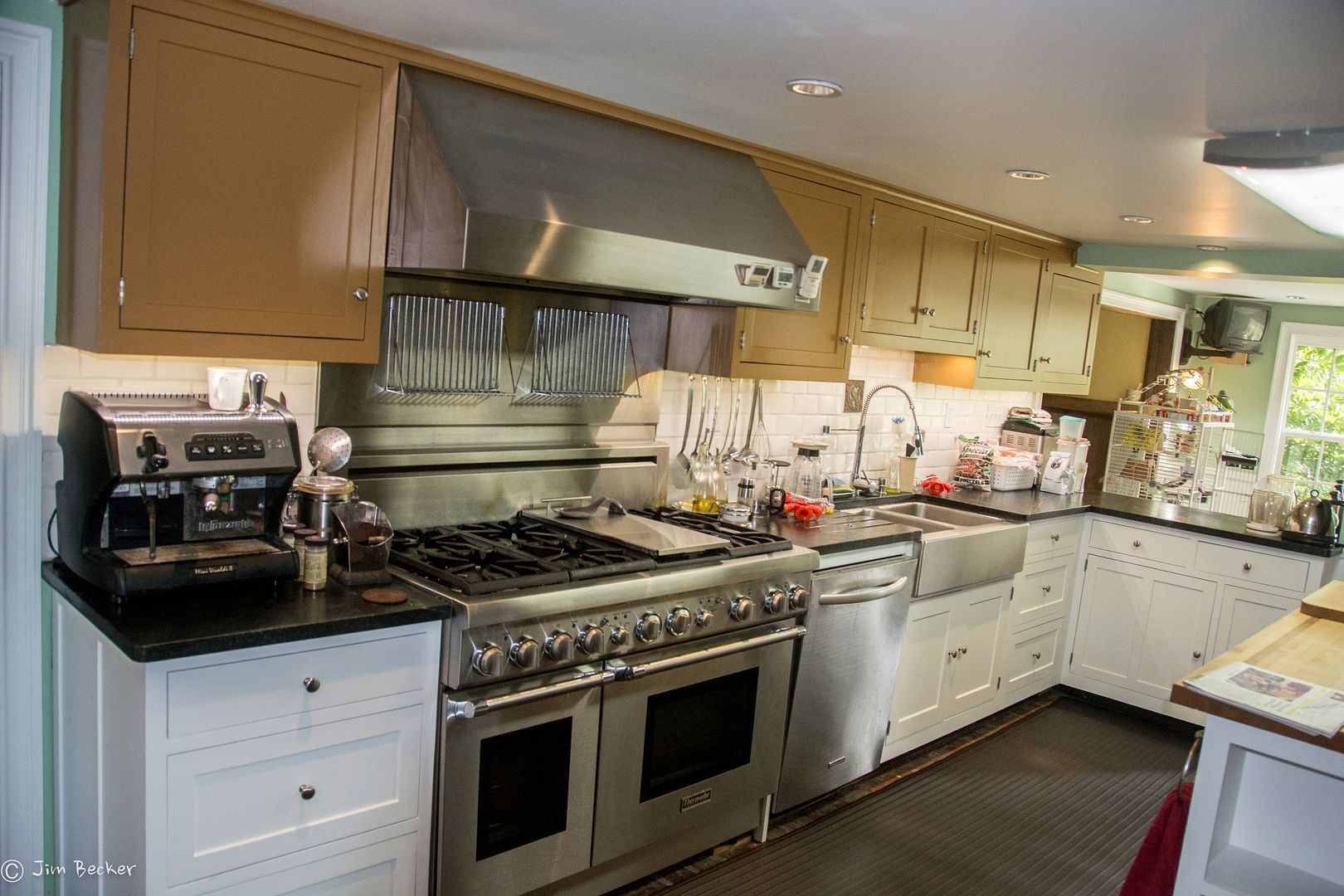I am getting ready to paint my kitchen cabinets. I actually built a scrap one off of drops and mistakes to practice on first, but I have built 2 vanities and smaller doll tables since, using my approach, but I do have one question.
Bases on the advice in the spray finishing book by JJ, I used BIN shellac based primer on a doll table I built out of pine, then I followed it with SW Pro Classic, both were sprayed.
What I liked about the BIN primer is that is sprayed super easy, cleanup was a mess, but with a $15 harbor freight gun and a 3M PPS fitting, it was not bad at all.
My question is, I used the BIN primer because it was pine and that helps seal the sappy wood, based on the book. Does anyone see any harm in using the same process on my soft maple cabinets?
I like it due to the alcohol base, it gives a nice primer coat without raising the grain hardly. A quick scuff with 320, I am ready for 2 top coats.
My process it going to be this.....
Sanded maple to 120
Followed by wiping with a tack cloth
First coat of primer - harbor freight gun, 1.4 tip, BIN primer thinned 10%
Touch up any seams, cracks, holes with filler, followed by touch up with primer
Light sanding with 320
Wiped down again with tack cloth
Followed by 2 coats of Pro Classic
I have heard of a clear top coat, but the SW store stated that it most likely was not needed, I have pro's and con's.....if I were, it would be Kem Aqua from SW.




 Reply With Quote
Reply With Quote


